
Paul King was born in 1960 in Galway. His family moved to Coventry when he was a small child. He became part of the 80’s pop group “King”. He them became a famous DJ on MTV.

Brittish Actors

Paul King was born in 1960 in Galway. His family moved to Coventry when he was a small child. He became part of the 80’s pop group “King”. He them became a famous DJ on MTV.
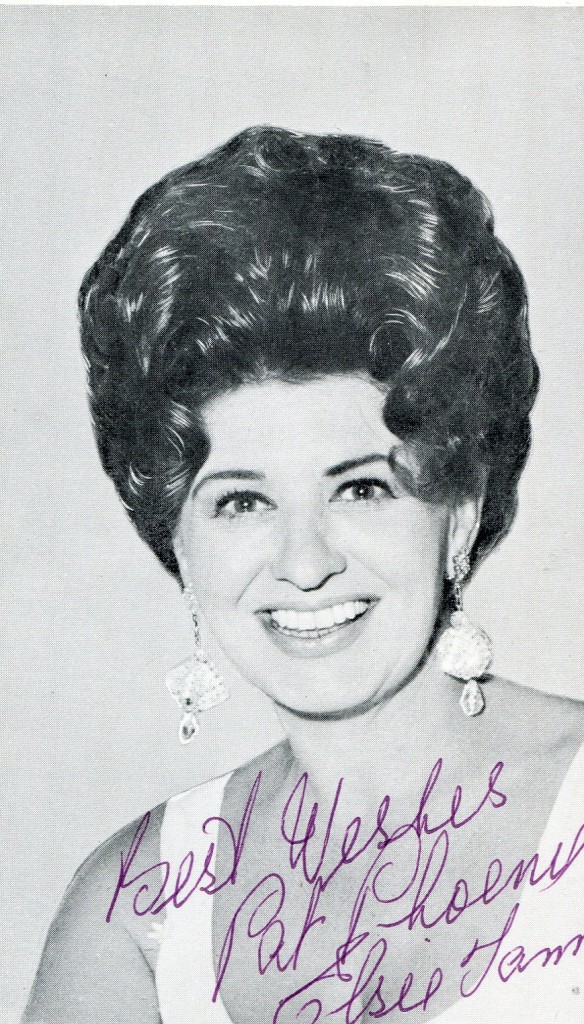
Patricia Phoenix was born in Manchester in 1923. She is best known for her role as Elsie Tanner in “Coronation Street”. She has acted on film in “The L Shaped Room” with Leslie Caron and Tom Bell in 1961. At the time of her death in 1986 she was married to actor Anthony Booth.
IMDB entry:
Bold, brassy and larger than life, Pat Phoenix was television’s favourite scarlet woman. For nearly 25 years, she dominated the soap opera Coronation Street (1960) in the role of Elsie Tanner and sent shivers down the spines of Britain’s menfolk twice a week. With her low cut cleavage, she was known as “the working man’s Raquel Welch” and was once dubbed by the then UK Prime Minister Jim Callaghan as “the sexiest woman on TV”.
Pat Phoenix’s life very much mirrored that of the character she played. Tough and determined, she came from a poor working class family in Manchester, but fought her way up to the top. Married three times, she was blunt, outspoken and a notorious chainsmoker. But like Elsie Tanner, she had a heart of gold and inspired affection in everybody.
Born in 1924, she desperately wanted to be an actress but her first job was as a filing clerk. She broke into repertory theatre and worked throughout the North of England with a variety of companies. “I played everything” she said. “When I was 22, I played 90 year old women. I was brought up in the theatre and I made my own way. I was in the theatre for many years before I was in television. The stage is most exhilarating. You know when an audience loves you”.
After working with the Joan Littlewood Theatre Workshop in London in the early 1950s, she found herself out of work and nearly gave up acting. Success came in 1960 when, at the age of 36, she was cast as Elsie Tanner in Granada TV’s new soap Coronation Street(1960). With the rise of interest in northern based sixties films such as Saturday Night and Sunday Morning (1960), the earthy characters and gritty settings of Coronation Street (1960) became an instant hit.
Created and written by Tony Warren, the role of the headstrong Elsie was a classic and transported Phoenix to international fame. Viewers followed “the Street” in such huge numbers that when she married US Army Sergeant Steve Tanner in 1967, over 20 million viewers tuned in to the programme.
“I was one of the first anti-heroines” said Phoenix, “not particularly good looking and no better than I should be. The character of Elsie had overtones of me in it, and overtones of my mother”.
Phoenix played Elsie for over 24 years but shocked producers and audiences when she decided to quit Coronation Street (1960) for good in 1983. She still remained on television in series such as Constant Hot Water (1986) and as an agony aunt for an early morning magazine programme. Her last TV role was as a bedridden actress in the dramaUnnatural Causes (1986).
A television legend, Pat Phoenix was loved by millions and numbered Laurence Olivieramong her admirers. Characteristically, she summed up her own talent saying “I don’t know what the word ‘star’ means. I only know I am a working actress”.
– IMDb Mini Biography By: Patrick Newley
The above IMDB entry can also now be accessed online here.
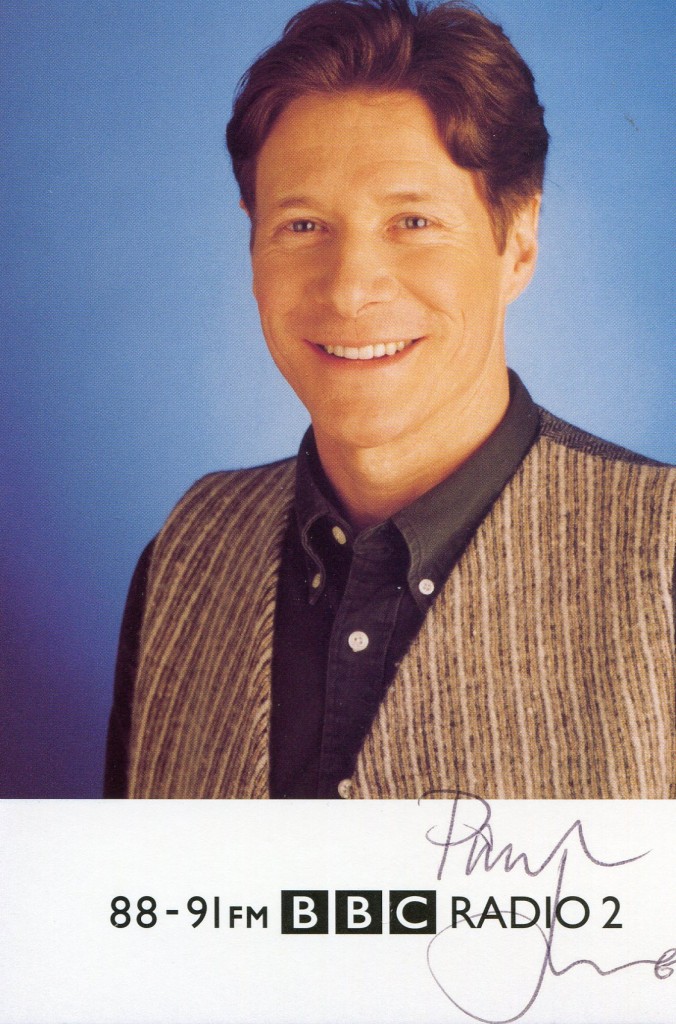
Paul Jones was born in Portsmouth in 1942. He was the lead singer with the 1960’s pop group “Manfred Mann” and then went on to have a solo career as well as becoming a DJ. He has acted occasionally on television and had the lead in the 1967 film “Privilege” with Jean Shrimpton.
“The Telegraph” entry:
By David Gritten
12:12PM BST 30 Apr 2009
Here’s how musical history can hinge on a single decision, arrived at for what now looks like a laughable reason. In 1962, a talented 20 year old musician named Brian Jones asked singer Paul Jones (no relation) if he would join a band he was forming. Brian had plans to move to London from his home town of Cheltenham to have a crack at the big time.
Paul, then an undergraduate at Oxford, declined. He had already asked Brian to join his own group – but Brian had stiffly replied that he had no wish to be part of a band unless he was its leader.
“I didn’t say no out of spite,” Paul Jones says now. “I simply couldn’t see an economic future for us. And I’d just auditioned to be a singer with a dance band. In Slough.” He smiles ruefully at the memory. “Slough! That wasn’t anything like the height of my ambition, but I thought it could be a way into the music business.”
Soon afterwards, of course, Brian Jones hooked up with Mick Jagger and Keith Richards, and the Rolling Stones were born.
At first glance, it seems a huge missed opportunity – but Paul Jones sees it differently. “We can laugh now,” he says, “because in theory I could have been Mick Jagger. But I wouldn’t have been Mick Jagger. This is what would have happened. Brian and I would have had a band. Mick and Keith would have started another band. And that band would have become the Rolling Stones.”
It’s not as if Paul Jones got left behind by history. He became lead singer with Manfred Mann, one of the half-dozen most successful British groups of the 1960s, and stayed with them for over two years, singing on such hits as Doo Wah Diddy, Oh No Not My Baby and Pretty Flamingo.
As a solo artist he enjoyed chart success with High Time and I’ve Been a Bad Boy. He starred (along with 60s uber-model Jean Shrimpton) as a pop messiah in Peter Watkins’s controversial film Privilege. And he had a decent acting career, treading the boards at the RSC — and at the National, most memorably as Sky Masterson in Richard Eyre’s acclaimed production of Guys and Dolls.
That was where he met his wife, actress Fiona Hendley. She gave up the stage to devote her life to Christianity, and in 1984, after they went to see American evangelist Luis Palau together, Paul converted too. They now record gospel albums and perform at church events. No Sympathy for the Devil there, then.
He still tours for a few weeks a year with the Manfreds (excluding keyboard player Manfred Mann) and with his own group, the self-explanatory Blues Band. And for the last 24 years, he has had a slot as an articulate, knowledgeable, enthusiastic disc-jockey on a national radio station – formerly Jazz FM, but these days on Monday evenings on BBC Radio 2.
“Here’s how I used to be introduced on Jazz FM,” he says. “It was (he adopts a treacly mid-Atlantic accent): ‘Paul Jones – blues, gospel, soul and jazz’ — which is exactly right. I call it all blues. I don’t separate. But for me, that’s the music I love.”
It’s a broad portfolio, sustained by his faith and his love of music. Brian Jones taught him how to play blues harmonica when they were both 20, and it hit him like a thunderbolt: “Even now, I only have to hear the tone of a harmonica and I’m out there.” He notes proudly that he is president of the National Harmonica League.
I meet Paul Jones at the home of his friend Bill Gautier, a recording engineer who has a studio in the garden of his home, south-west of London. He is spending the day there, laying down a couple of harmonica tracks.
He is 67 now, but looks startlingly young, as well as fit, lean and energetic. He needs to be: merely juggling his schedule requires a nimble mind and a rock-solid work ethic.
On top of all his other commitments, Jones has completed his first solo album in some 30 years. Starting All Over Again comprises 13 tracks of workmanlike blues, rock and soul, including songs by Van Morrison (Philosopher’s Stone), Eric Bibb and Johnny Taylor. His sidemen are no slouches either. Eric Clapton plays guitar on two tracks; soul veteran Percy Sledge duets with Jones on another.
So how does that work? Does Jones just call up Eric Clapton and say: ‘I’m doing an album, come on down’?
He smiles modestly: “I’m not responsible for any musician being on the album. (Producers) Saul Davis and Carla Olson did the lot. They booked the studio, the band, and the guests. Saul had been talking to me about making an album for a couple of years, but I didn’t know if I’d ever find the time.”
After a projected US tour by the Manfreds last April collapsed, Davis, realising Jones would be available, seized his chance. “I flew over to Los Angeles for two clear days, did the sessions and flew straight back. It was great.”
Starting All Over Again sounds like the work of a man steeped in blues, and Jones admits his passion for it still burns fiercely half a century later.
As a teenager growing up in Portsmouth, he sought out swing music, then jazz, Lonnie Donegan (whose hit Rock Island Line led Jones to Leadbelly), and of course blues.
After his family moved to Plymouth, a local record store owner, knowing his tastes, played him a T-Bone Walker album with Junior Wells on harmonica: “And I went, wow! That was it. Within weeks, I had the best of Muddy Waters, Jimmy Reed and Bo Diddley. But that one track made me think: I really want to do this.”
Fifty years on, and he’s still shaping half his working life around the music he loves. “You know what I think? “ Jones says. “I think I’m blessed.”
The above “Telegraph” entry can also be accessed here.
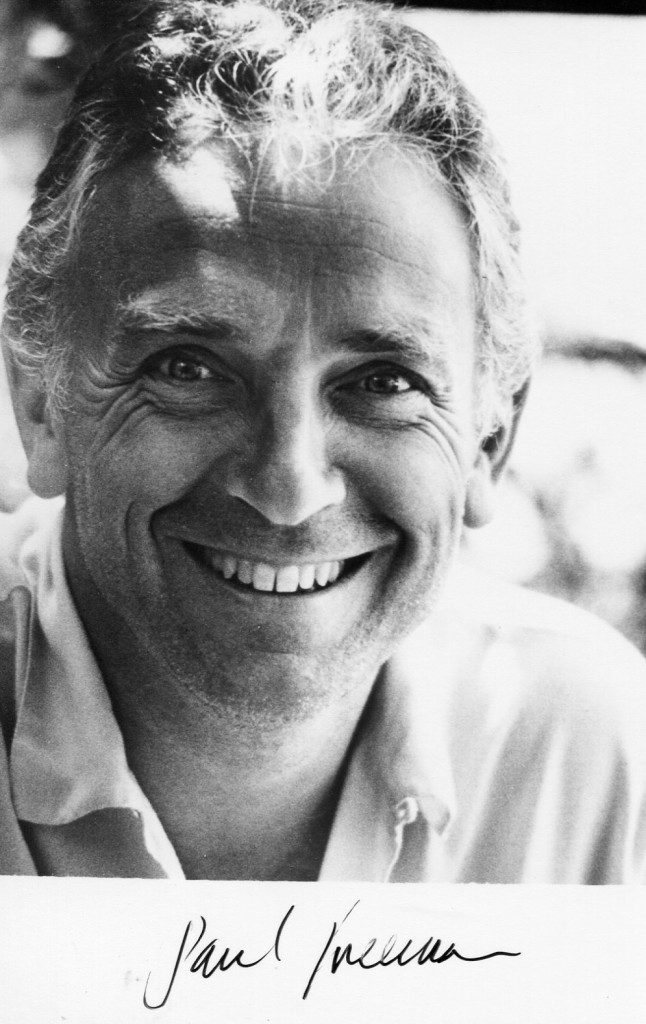
Paul Freeman was born in Hertfordshire in 1943. His films include “The Ling Good Friday” in 1980 and “Raiders of the Lost Ark”. In tthe U.S. he was part of the cast of television’s “Falcon Crest” and then back in the UK he was in “Monarch of the Glen” for the BBC.
IMDB entry:
One of Britain’s most versatile character actors, Paul Freeman’s dark, hypnotic good looks and talent for accents have often seen him cast as villains. He originally worked first in advertising and then he trained as a teacher, while he participated in amateur dramatics as a pastime. As a professional actor he gained extensive experience performing in repertory in England and Scotland and landed small roles at the Royal Court Theatre. He is also a founding member of the Joint Stock Theatre Company.
He acted at the National Theatre and began to get roles on British television. Films included The Long Good Friday (1980) (starring Bob Hoskins) and The Dogs of War (1980) (starring Christopher Walken). His work was noticed by American director Steven Spielberg, who cast Freeman as French archaeologist Rene Belloq, Harrison Ford‘s charismatic but utterly selfish rival in the blockbuster Raiders of the Lost Ark (1981). He had expected to appear in the next Indiana Jones movie, but Spielberg and George Lucasdecided on a different story. Nevertheless, his portrayal of Belloq guaranteed him good work in the following years, during which he continued to showcase his command of dialects and chameleonlike ability to disappear into roles, such as the deliciously evil Professor Moriarty in the Michael Caine comedy, Without a Clue (1988).
His notable television appearances have included Life of Shakespeare (1978), Winston Churchill: The Wilderness Years (1981), Falcon Crest (1981), Inspector Morse (1987), andER (1994). He has also continued to work as a stage actor.
– IMDb Mini Biography By: Anonymous
The above IMDB entry can also be accessed online here.

Sonia Dresdel was born in the East Riding of Yorkshire in 1909. Among her films are “While I Live”, “The Fallen Idol”, “The Clouded Yellow” with Jean Simmons and “Public Eye”. She died in 1976.
IMDB entry:
Sonia Dresdel was born on May 5, 1909 in Hornsea, Yorkshire, England as Lois Obee. She was an actress, known for The Fallen Idol (1948), The Trials of Oscar Wilde (1960) andWhile I Live (1947). She died on January 18, 1976 in Canterbury, Kent, England.








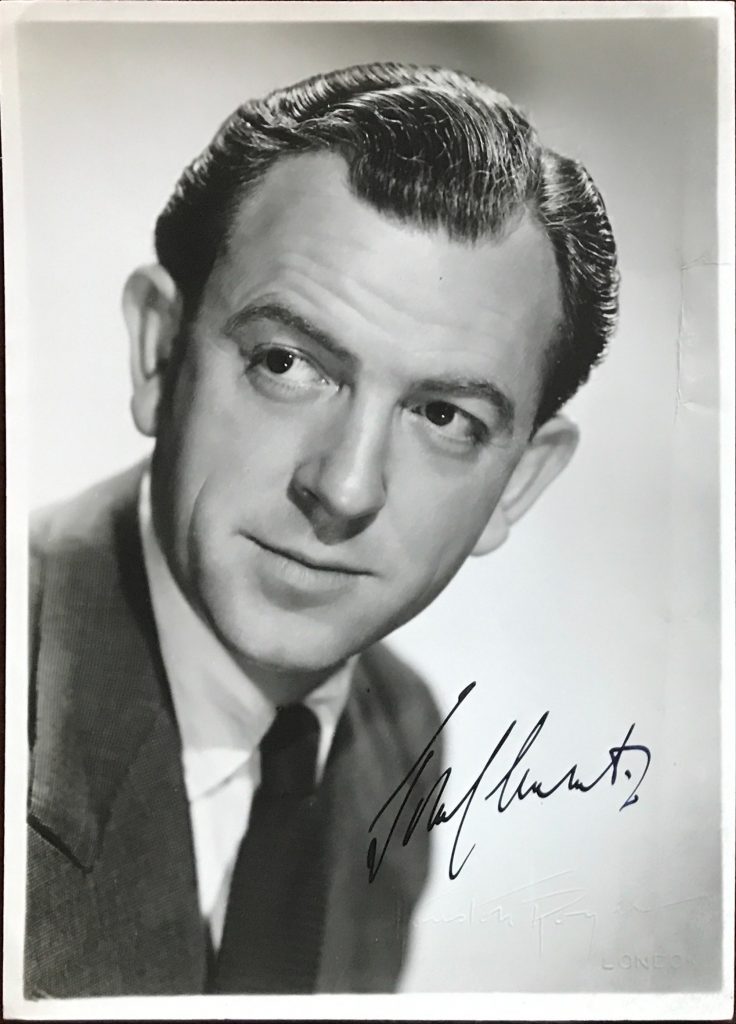
John Clements was born in London in 1910. He made his film debut in 1935 in “The Divine Spark”. He and his wife Kay Hammond had many successful stage ventures. Clement’s other films include “Knight Without Armour”, “South Riding” and “The Four Feathers”. He died in 1988.
IMDB entry:
John Clements hailed from southern England and was educated at St Paul’s School in London and St John’s College, Cambridge. His acting aspiration prompted his first stage appearance at the Lyric Theatre, Hammersmith in 1930 in the play “Out of the Blue”. Through the 1930s, he continued to develop his acting skills touring with the Ben Greet Company. It was in late 1935 he founded the Intimate Theatre at Palmer’s Green in North London. There he provided weekly plays in repertory until 1941. During the war, he worked with Entertainments National Service Association (E.N.S.A) and from 1944 worked with the Old Vic Company headed by Ralph Richardson and Laurence Olivier, while the theater group was resident at the New Theatre in London. Already he had broken in to films with the Anthony Kimmins science fiction story Once in a New Moon (1935). He had other small parts in two historically significant films of cinema: the Alexander Kordaproduction Rembrandt (1936) with Charles Laughton and the unfinished I, Claudius(1937) of Josef Von Sternberg with its stellar British cast. Clements had another small but most memorable role in the adaption of the James Hilton novel Knight Without Armor(1937), as a young communist police official helping English spy Robert Donat and beautiful noblewoman Marlene Dietrich escape from the Russian Revolution. Clements finally got star billing with Richardson, being chosen by director Victor Saville for the rather soap opera-tinged South Riding (1938). The next year, again with Richardson, he had the romantic lead in his most recognized role as the principled coward who redeems himself fourfold in the epic The Four Feathers (1939) by the ever enterprising Korda Brothers. Though his films numbered less than 30, and into the 1940s the roles became decidedly ‘B’ in production value, his stage appearances numbered 200. And Clements had found himself drawn to directing as well as acting. He wrote, directed, and produced his film Call of the Blood (1948). Also, he functioned as actor-manager-producer in a number of West End theater productions from the mid-1940s into the early 1950s and others productions to 1957, acting with his second wife actress Kay Hammond to critical success. In 1955, he accepted the appointment as Advisor on Drama to Associated Rediffusion Ltd and also as one of the Board of Directors of the Saville Theatre. He was appointed Director of the Chichester Festival Theatre from 1966 to 1973. He had continued small supporting film and a few TV roles intermittently through the 1960s, his last film appearance being a cameo in the Richard Attenborough biographical flick Gandhi(1982). For his distinguished work as actor, director, and producer John Clements was awarded a CBE (Commander of the Order of the British Empire) in the Queen’s Honours List 1956 and awarded Knight Bachelor of the Order of the British Empire in the 1968 Queen’s Honours List for his services to drama.
– IMDb Mini Biography By: William McPeak
The above IMDB entry can also be accessed online here.
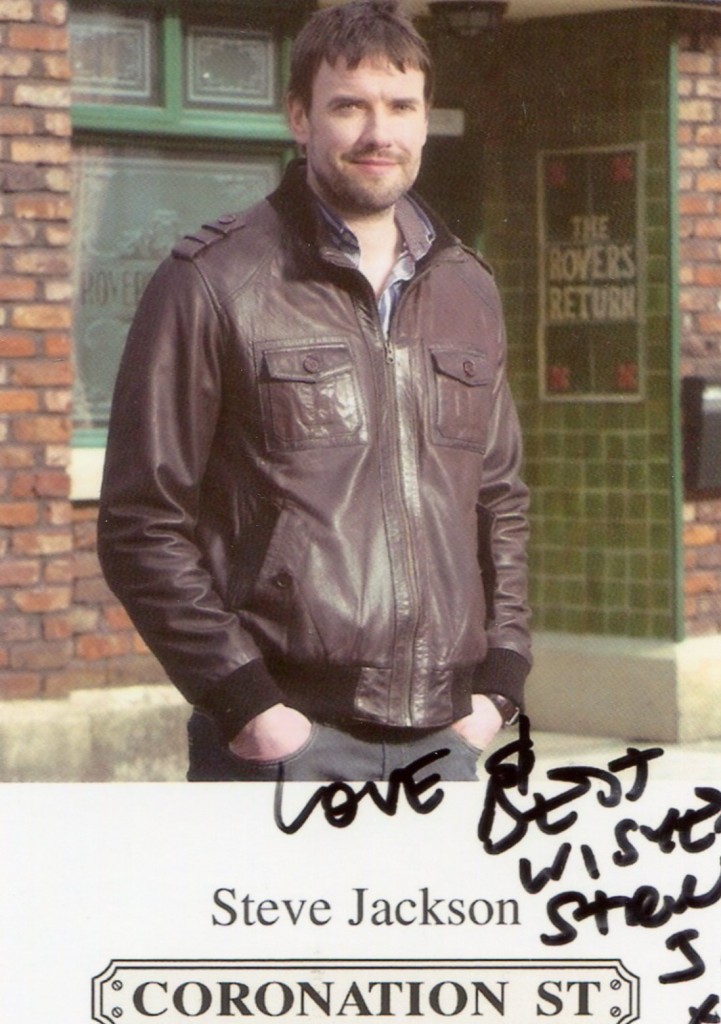
Steve Jackson was born in Doncaster in 1970. He played Trevor Dean in “Coronation Street” and in BBC’s “The Cops”. His films include “Hillsborough”, “Yasmin” and “In Denial of Murder”.
IMDB entry:Grew up in Armthorpe, a mining village around Doncaster, South Yorkshire. He attended Tranmoor Junior School and the Armthorpe Comprehensive School, leaving in 1989. He changed his name for a time to Steven Fury, eventually returning to his original name after a few bit parts in shows like Emmerdale. Currently (1999) he is staring in the second series of The Cops for the BBC.

Margaret Tyzack was born in 1931 in Essex. She joined the Royal Skakespeare Company in 1962. She came to prominence for her role as Winifrid Forsyte in the BBC production of “The Forsyte Saga” in 1967. She also starred on TV in “I, Claudius”. Her films include “2001, A Space Odyssey” in 1968 and in 1971, “A Clockwork Orange”. She won widespread acclaim for her role opposite Maggie Smith on the stage in “Lettice and Lovage” in 1991. Margaret Tyzack died in 2011.
“Guardian” obituary by Carole Woddlis:
Margaret Tyzack, who has died aged 79, was one of Britain’s greatest and most popular actors, working on stage, television and film for more than half a century. Sometimes described as being in the mould of Edith Evans and Flora Robson, she will be remembered particularly for performances in the golden age of BBC TV drama – Winifred in The Forsyte Saga (1967), Antonia in I, Claudius (1976) – as well as for stage performances such as Martha in the National Theatre’s revival of Edward Albee’s Who’s Afraid of Virginia Woolf (1981), for which she won an Olivier award for best actress, and Lottie with Maggie Smith in Lettice and Lovage (1987 and 1990), which earned her both Tony and Variety Club stage actress of the year awards. In 2008, well into her 70s, she scored perhaps one of her finest triumphs on stage as the wily, wittily eccentric Mrs St Maugham in Michael Grandage’s outstanding revival of Enid Bagnold’s The Chalk Garden at the Donmar with Penelope Wilton.
With her open face, broad eyes and generous mouth, there was perhaps always something a little melancholic about her – even pessimistic, a trait she readily admitted to – that found her playing more “mature” roles than her actual years. She once confessed: “I’ve always played older than myself.” It was an asset that served her richly.
Tyzack considered herself first and foremost a character actor, asserting that she “never wanted to be a star”. Immensely versatile, unassuming, modest and largely unrecognisable offstage, she often boasted that she could go shopping without being spotted, and lived quietly with her mathematician husband, Alan Stephenson, in Blackheath, south-east London. She could play kind, benign, a pillar of the empire (such as Lady Bruton in Marleen Gorris’s 1997 film of Virginia Woolf’s Mrs Dalloway) or in the latter years of her career, a show-stealing, fur-clad battleaxe in His Girl Friday, John Guare’s stage adaptation of Ben Hecht and Charles MacArthur’s The Front Page (National Theatre, 2003).
While there was something endearingly naive about her role as besotted Winifred, and comically understated as the reactionary matriarch in Mrs Dalloway, her depiction of Martha displayed a ferocity previously unrevealed in earlier roles that tended towards either the respectable, down to earth, or emotionally obsessive, sad or caring. In her later career, she seemed to acquire even greater force and magnetism with a trio of superb roles in Auntie and Me at Wyndham’s (2003), opposite Alan Davies, Southwark Fair at the National (2006) and The Chalk Garden.
Tyzack was born in Essex, brought up in Plaistow, east London, daughter of a Tate & Lyle foreman, and educated at St Angela’s Ursuline convent in Forest Gate. She once said she had become an actor by chance. “Really, I’m a refugee from the typing pool. That would have been the alternative. Or maybe selling something in Harrods.” She once mused on becoming a nurse. “A fortune teller,” she noted, “used to tell me I had healing in my hands.”
She was saved by a “wonderful drama teacher” who came to her school and took an interest in her. She went on to train at Rada, where she won a prize for comedy – forgoing her first choice, speech training, through lack of the required academic qualifications. She then went into repertory in Chesterfield, Derbyshire, where she made her first stage appearance, as a bystander in Shaw’s Pygmalion in 1951. Further work followed at the Royal Court and Nottingham Playhouse.
In 1969 she won her first acting award, a Bafta for her role as Queen Anne in the BBC’s The First Churchills. Two years later she took over from Eileen Atkins as Elizabeth I in Robert Bolt’s Vivat! Vivat Regina! at the Piccadilly. The following year, with the Royal Shakespeare Company, she appeared as Volumnia in Coriolanus, Portia in Julius Caesar and Tamora in Titus Andronicus. As Volumnia, she was towering, a terrifying tigress fighting for her son’s life but also reducing Ian Hogg’s athletic warrior general to shuddering, childhood impotence.
Tyzack was in the US in 1971, winning another award for her performance in the title role of a television version of Balzac’s Cousin Bette. Then in 1976 came the landmark TV drama I, Claudius, followed by three years at Stratford, Ontario, where she took on roles as Mrs Alving in Ibsen’s Ghosts, Queen Margaret in Richard III and the Countess in All’s Well That Ends Well.
If much of the early 1980s saw her exploiting her TV range, she also came even more into her own on stage. In 1983 she received a Tony nomination for her reprised role as the Countess in Trevor Nunn’s RSC production of All’s Well That Ends Well when it visited Broadway, and two years later was again picked out by New York’s Drama Desk critics for her performance as Rose, Viv’s mother, in Tom and Viv, Michael Hastings’s 1984 play about the tortured marriage between TS Eliot and Vivienne Haigh-Wood, when it travelled to Broadway.
Some of Tyzack’s best work, however, was still to come. In 1987, she starred alongside Maggie Smith in Peter Shaffer’s quirky two-hander, Lettice and Lovage, a strange, whimsical tale of two women, one a fantasist, the other, Tyzack, a strict traditionalist, who are at first enemies, but forge an odd kind of friendship. With her dry humour, Tyzack proved the perfect foil to Smith’s high camp. The play ran for two years in London before moving to Broadway, where Tyzack received another Tony. Her partnership with Smith was revived in 1993 when she played Miss Prism to Smith’s Lady Bracknell in The Importance of Being Earnest at the Aldwych, a characterisation marked by its originality. For once Prism was no fusty spinster but, in Tyzack’s hands, an attractive and clever woman.
Other major roles at that time included the older sister to Felicity Kendal’s adventure-seeking Fiona, reminiscing about her younger sister’s Indian exploits, in Tom Stoppard’s Indian Ink at the Aldwych in 1995, and an imperious Lady Monchensey in Adrian Noble’s much admired revival of TS Eliot’s The Family Reunion, at the RSC (2000), where one critic described her face as “nothing less than a tragic mask when Harry, her pride and joy, relates his ‘unspeakable’ sorrow”. In 1993, she played Sybil Birling in Stephen Daldry’s mould-breaking revival of JB Priestley’s An Inspector Calls at the Aldwych, and in 1996, scored one of her biggest successes in Alan Bennett’s Soldiering On (Chichester Festival Theatre, then at the Comedy Theatre in the West End). Playing Muriel, she conveyed the infinite distress of a woman whose lifetime code of denial was gradually being stripped away.
As the almost mute aunt to Alan Davies’s garrulous nephew in Auntie and Me, she was required only to lie in bed, but still managed to convey a wealth of meanings, switching between beatific smiles and nods. In between times, her TV and film work continued to flourish. Two particularly heavy years, 1980 and 1981, saw her appear in seven different television productions, including Paulina in Jane Howell’s adaptation of A Winter’s Tale.
In 1987, she appeared as Madame Lambert in Stephen Frears’s film of the ill-fated relationship between Joe Orton and Kenneth Halliwell, in Prick Up Your Ears. She was also Miss Helen Seymour in Paramount’s television series The Young Indiana Jones Chronicles, during the 1990s. Other television series in which she appeared included Miss Marple, Thacker, the dramatisation of Our Mutual Friend, Dalziel & Pascoe and Midsomer Murders. In 2005 she was the narrator’s grandmother in Radio 4’s all-star cast adaptation of Proust’s In Search of Lost Time.
Film appearances included The Whisperers (1967), two films for Stanley Kubrick – as Elena in 2001: Space Odyssey (1968) and a conspirator in A Clockwork Orange (1971) – Bright Young Things (2003), directed by Stephen Fry, and Richard Claus’s The Thief Lord (2005).
One lament, expressed early on in her career, was that because of the respectable parts she played, she never seemed to inspire the kind of salacious fan mail some of her peers received, but, she added, prophetically: “If my health and strength keep up, I shall go on until I’m fairly aged.” She went on to do precisely that, her last London stage appearance being as nurse to Helen Mirren’s Phèdre at the National in 2009, and her last anywhere as Mrs Higgins in My Fair Lady at the Théâtre du Chatelet, Paris, last Christmas. Illness compelled her to withdraw from a role in the television soap EastEnders in April.
In 1970 she was appointed OBE, and in 2010 CBE. She is survived by Alan and her son Matthew.
• Margaret Maud Tyzack, actor, born 9 September 1931; died 25 June 2011
• This article was amended on 28 June 2011. The original said that Margaret Tyzack’s last stage appearance was as nurse to Helen Mirren’s Phèdre at the National in 2009. This has been corrected.
The above “Guardian” obituary can also be accessed online here.

Perlita Neilson was born in 1933 in Bradford, Yorkshire. She made her movie debut in 1949 in “Three Bags Full”. Her other films include “The Story of Gilbert and Sullivan” in 1952 and “She Did’nt Say No” in 1958. She has also featured in several television series in the UK. She died in 2014.
“The Stage” obituary:
After being highly praised for her portrayal of the Jewish heroine in The Diary of Anne Frank (1956-57), Perlita Neilson was invited to star in Hollywood’s film version of the play. But she rejected the offer, saying that a film contract would have kept her away from the theatre for too long.
She was taken aback by her success in the play, which tells the harrowing tale of a Dutch schoolgirl who hid from the Gestapo for two years during the Second World War. She was also surprised to be chosen, as she was not Jewish herself.
But she hugely admired the adaptation from the book and received wise words from Frith Banbury, the director of the production at the Phoenix, who told her: “Never feel sorry for the people you are playing. Otherwise, it will get between you and the acting.”
She made her West End debut at the London Coliseum as one of the children in Irving Berlin’s musical, Annie Get Your Gun (1947-48). The following year, she made the first of two appearances in Peter Pan at the old Scala.
Her talents as an actress did not properly emerge until she appeared in Lace on Her Petticoat (1950-51) at the Ambassadors. The production transferred to Broadway, but Neilson did not enjoy the experience: “I did not think American theatres had the same atmosphere or audience and I missed London.”
From 1954 to 1955, she appeared at the Bristol Old Vic, where she was singled out for special praise for her performance as a servant in the British premiere of Arthur Miller’s The Crucible. Back in London, she was seen in a new translation of Chekhov’s The Seagull (1956) at the Saville, with Diana Wynyard and Hugh Williams.
She was a devotee of the plays of Shaw and relished her appearances in Heartbreak House (1961) at Wyndham’s and Getting Married (1967) at the Strand. Throughout her life, she was passionate about the theatre and admitted walking out of only one play she saw, Edward Bond’s surreal Early Morning, which alleged a lesbian relationship between Queen Victoria and Florence Nightingale – something she found ridiculous.
Perlita Neilson, who was born Margaret Sowden in Bradford on June 11, 1933, died in Hove on April 7, aged 80.
“The Stage” obituary above can also be accessed online here.
Anyone who knows me are aware that I am a bit of a movie buff. Over the past few years I have been collecting signed photographs of my favourite actors. Since I like movies so much there are many actors whose work I like.